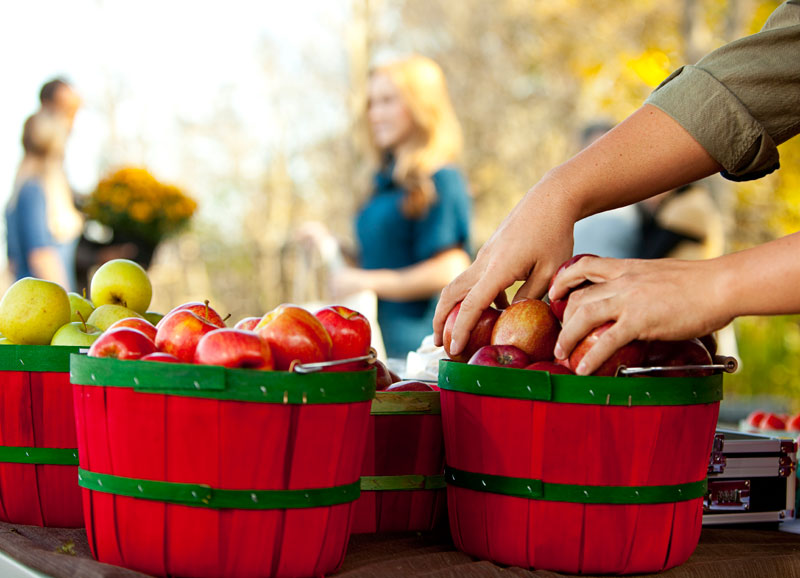You can help raise awareness about the loss of farmland and the impact it has fresh, local food for the next generation.

These are just a few examples of a rising wave of new farmers across America – one as varied and diverse as the many people who make up our country. Some of the new farmers are driven by a growing consumer interest in farmers markets, local food and artisanal products – from cheeses to honey to wine. Others are looking for a more rural, self-sufficient lifestyle or to carry on their family’s long-standing tradition of working the land.
But for every new farmer who manages to get started, there’s another who tries but finds the obstacles to be insurmountable. In fact, the number of beginning farmers has reached a 30-year low. Just between 2007 and 2012, the number of beginners dropped 20 percent, and they now represent the smallest share of farmers reported by the Census of Agriculture since 1982.
At the same time more than half of our nation’s family farmers are nearing retirement. According to the 2012 census, there are more than twice as many farmers who are 75 and older as 34 and younger. This has serious implications not only for the future of the nation’s farm economy and food system, but also for America’s agricultural landscape.
“Retirement is the single riskiest moment in a family farm’s future,” says John Larson, American Farmland Trust’s Executive Director of Programs. “If heirs are unable to pay inheritance taxes, unwilling to assume responsibilities of managing a farming enterprise, or otherwise uncommitted to keeping their land in agricultural production, it is at serious risk of being sold and developed.”
While demands on agriculture continue to increase, the amount of farm and ranch land available for production has steadily decreased. Since 1982, more than 24 million acres of agricultural land were developed to non-farm uses including roads, shopping malls and subdivisions. This represents an area larger than the states of Indiana and Rhode Island combined.
Much of that conversion has occurred in urban-influenced areas that also produce most of the food we eat: 91 percent of fruits, 77 percent of vegetables, 68 percent of dairy and 55 percent of poultry and eggs. These also are the areas where there is strong interest from a new generation of aspiring farmers to enter agriculture and take advantage of retail opportunities in lucrative regional food markets.
You can help raise awareness about the loss of farmland and the impact it has fresh, local food for the next generation. Sign-up to get a FREE No Farms No Food® car magnet from American Farmland Trust and join the farmland movement.
This article is brought to you by American Farmland Trust the nation’s leading national conservation nonprofit dedicated to protecting farmland, promoting sound farming practices and keeping farmers on the land. Learn more about AFT and how we are helping beginning farmers thrive by visiting us online at, www.farmland.org.
I have property in New Paltz and I would like to start a farm. How do I go about it.